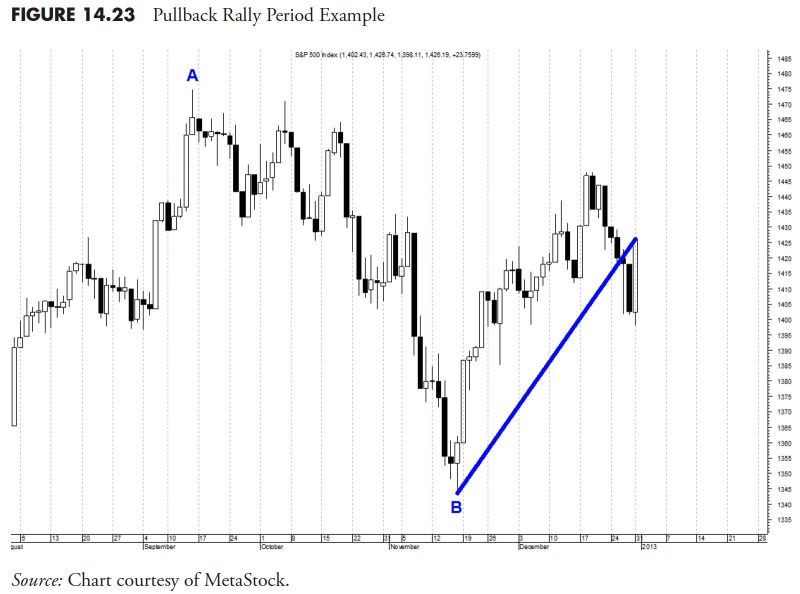In the realm of money management, security selection is a critical aspect that requires careful consideration to ensure the success of one’s investment portfolio. By implementing specific rules and guidelines, investors can enhance their ability to make informed decisions when selecting securities for their portfolios. In this article, we delve into the importance of security selection rules and provide guidelines to aid investors in making sound choices.
1. Diversification:
One fundamental rule in security selection is diversification. Diversifying one’s portfolio across various asset classes, industries, and geographic regions can help mitigate risk and reduce the impact of volatility on the overall portfolio performance. By spreading investments across different securities, investors can safeguard their portfolio against unforeseen market movements.
2. Fundamental Analysis:
Conducting thorough fundamental analysis is crucial when selecting securities. This involves examining a company’s financial health, profitability, competitive position, and growth prospects. By analyzing key financial ratios, such as earnings per share, price-to-earnings ratio, and return on equity, investors can gain valuable insights into the intrinsic value of a security and make informed investment decisions.
3. Technical Analysis:
In addition to fundamental analysis, technical analysis plays a significant role in security selection. By studying price patterns, trends, and trading volumes, investors can identify potential entry and exit points for specific securities. Technical analysis helps investors determine the optimal timing to buy or sell securities, maximizing profit potential and minimizing losses.
4. Risk Management:
Implementing effective risk management strategies is essential when selecting securities. Investors should assess the risk-return profile of each security and determine an appropriate position size based on their risk tolerance and investment objectives. By setting stop-loss orders and adhering to predetermined risk limits, investors can protect their capital and minimize the impact of adverse market movements.
5. Monitoring and Review:
Continuous monitoring and regular review of selected securities are vital to ensure the ongoing success of an investment portfolio. By staying informed about market developments, company news, and economic trends, investors can make timely adjustments to their portfolios and capitalize on emerging opportunities. Regularly reviewing the performance of selected securities allows investors to assess their investment thesis and make informed decisions about portfolio rebalancing.
6. Long-Term Perspective:
Maintaining a long-term perspective is key to successful security selection. Investors should focus on selecting securities with strong fundamentals and growth potential, rather than chasing short-term market trends. By investing with a long-term horizon in mind, investors can avoid emotional decision-making and benefit from compounding returns over time.
In conclusion, security selection rules and guidelines are essential tools for investors looking to build a robust and resilient investment portfolio. By diversifying, conducting thorough analysis, managing risk effectively, and maintaining a long-term perspective, investors can enhance their ability to select securities that align with their investment goals and objectives. By following these principles, investors can navigate the complexities of the financial markets with confidence and achieve long-term investment success.
